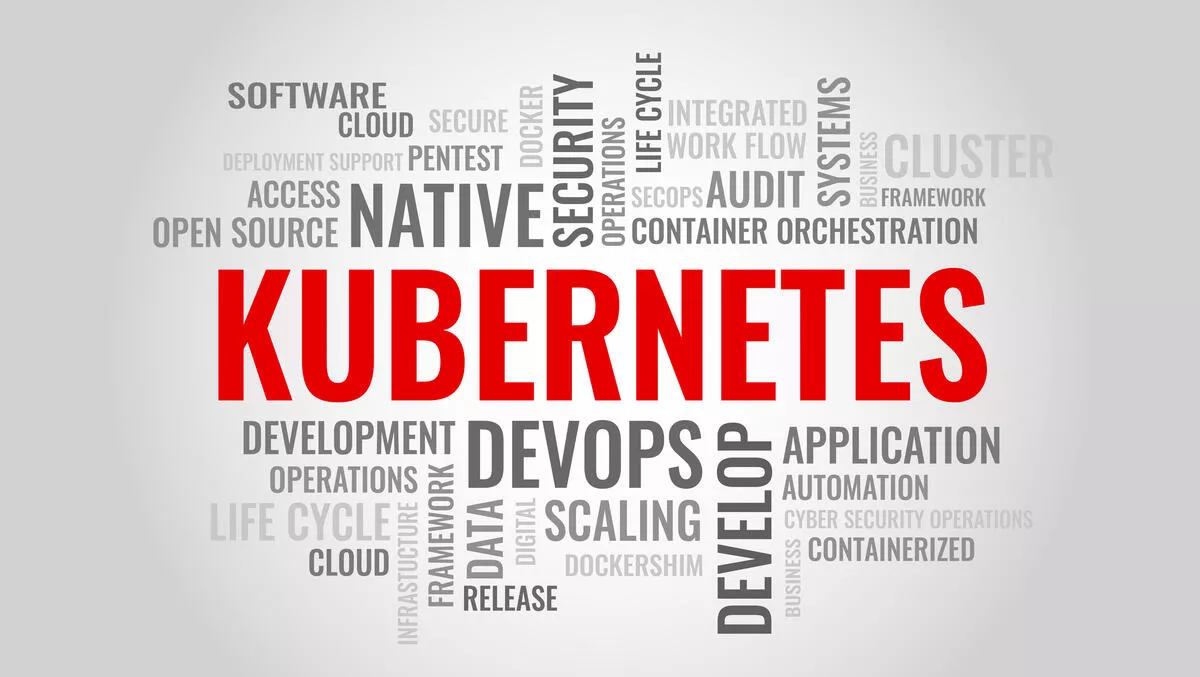
Red Hat’s new sandbox environment makes it easier to develop for Kubernetes
Red Hat has announced its Developer Sandbox for Red Hat OpenShift, a development environment designed to enable organisations to accelerate the production of Kubernetes-based applications.
The company says the free OpenShift sandbox enables developers to start building their applications using the same infrastructure and tools they will run in their production environments, without having to worry about setup or configuration.
Red Hat says developers continue to face pressure to deliver applications faster while keeping up with a rapidly changing technology landscape. It says this is being driven by accelerating digital transformation efforts to bring new innovation to market, and also the growing imperative around IT modernisation and application development.
Kubernetes is a foundational platform for hybrid cloud architectures. By eliminating barriers that either slow or prevent developers from building applications for Kubernetes, Red Hat says it's enabling developers to build faster.
The Developer Sandbox provides a private OpenShift environment in a shared, multi-tenant cluster that is pre-configured with a set of developer tools. Red Hat says the infrastructure and tools are tightly integrated and designed to provide a safe environment for prototyping or building new applications, adding new services, and creating containers from source code or docker files.
According to Red Hat, when combined with its existing portfolio of developer tools, these new capabilities will help developers better respond to the need for greater application velocity.
Recent updates include:
- Red Hat OpenShift 4.7 web console developer perspective, so developers can get started with new integrated and fully customisable quick starts.
- Odo 2.1, Red Hat says this is a faster and more straightforward CLI tool for developers who write, build, and deploy applications on Kubernetes and OpenShift.
- Red Hat CodeReady Workspaces 2.8, a new dashboard with a faster, more streamlined user experience, with the latest version adding support for OpenShift OAuth flow for factories from private repositories using the dashboard.
- Red Hat CodeReady Studio 12.19, extending developer tooling with the ability to bootstrap and log into a developer sandbox, or to add, remove and edit devfile registries. The latest release adds support for Python and the ability to debug Python components using the Eclipse debugger.
- Visual Studio Code Tools for Red Hat OpenShift, this now supports the ability to add clusters from Red Hat OpenShift Streams for Apache Kafka.
- Red Hat CodeReady Dependency Analytics 0.3.2, powered by Snyk Intel Vulnerability DB, making open source vulnerability databases available, with the latest version adding support for the Go programming language.
- Red Hat CodeReady Containers 1.25, giving developers a quick way to get started building OpenShift clusters. The latest release enables developers to create microservices, build them into images, and run them in Kubernetes-hosted containers.
- GitHub Actions for Red Hat OpenShift and Enterprise Linux, provides users with a way to build and deploy their containerised applications, whether standalone containers with Buildah and Podman, and pushing images to the registry and deploying to OpenShift.
- Eclipse JKube 1.2, Maven tooling for Kubernetes and OpenShift that brings a number of improvements around Helm chart generation for the redeployment of applications.
These updates also build on the availability of OpenShift GitOps and OpenShift Pipelines, which enable IT teams to implement GitOps workflows for cluster configuration and application delivery.


